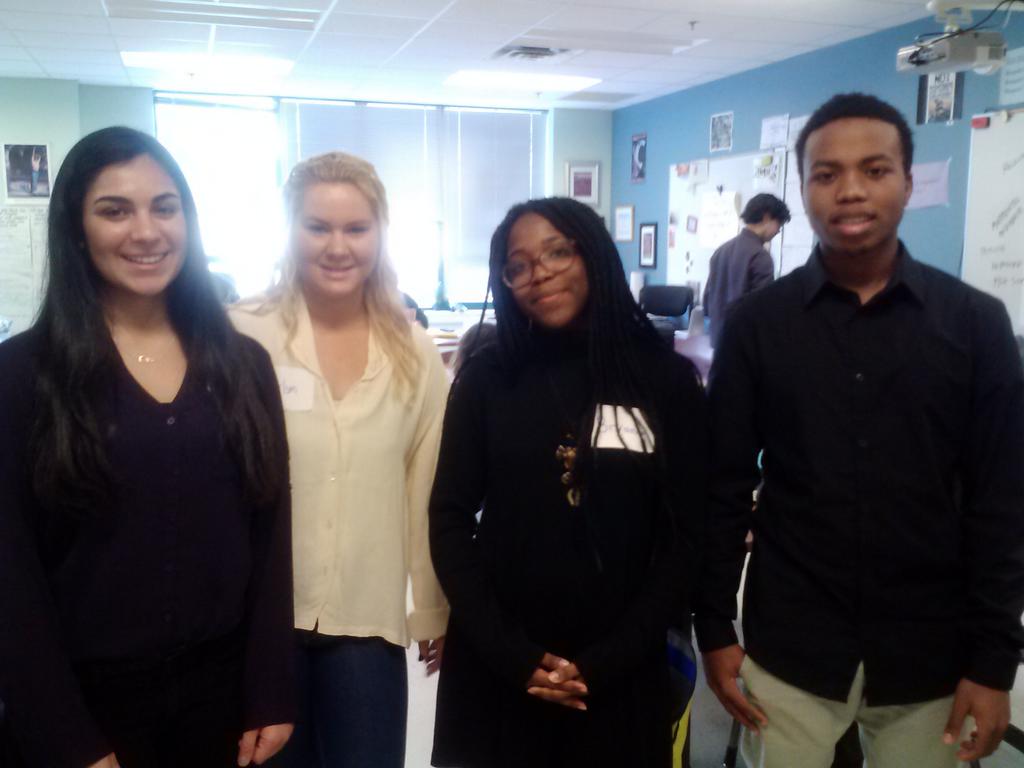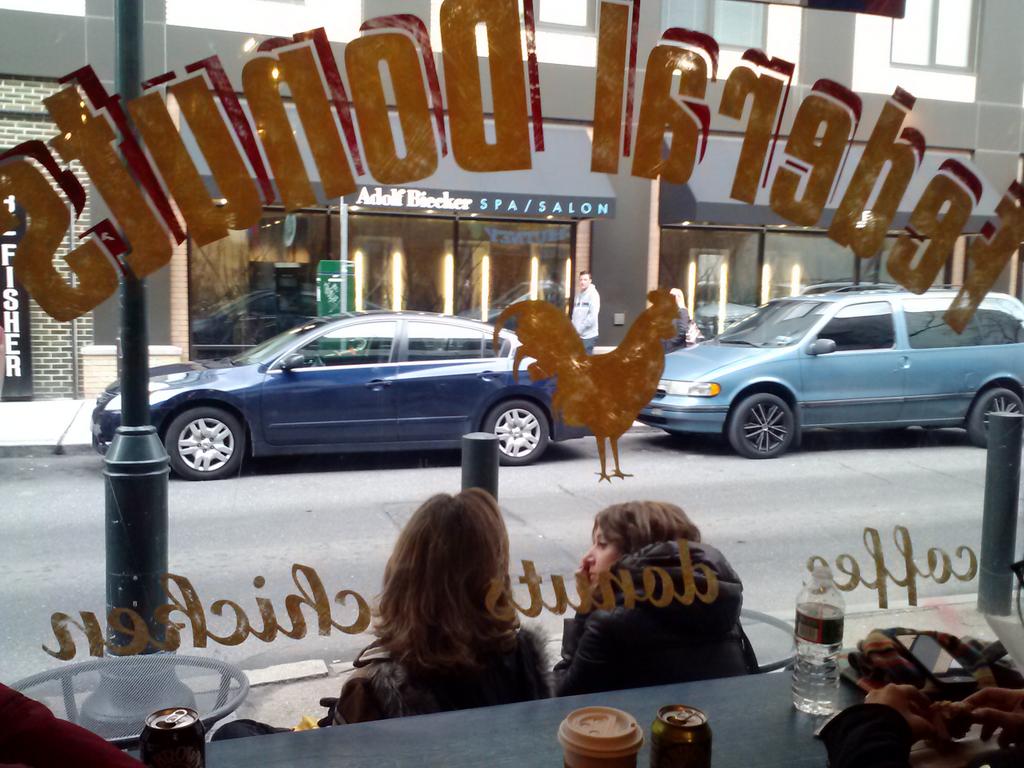I appreciate Marilyn Burns’ presence on Twitter and her blog. She offers great contributions to the math education community.
Marilyn's recent blog post, entitled Fix It: An Activity for Ordering Fractions, is a well-written reflection of a lesson she taught to fifth graders. Marilyn describes how she used an engaging format and includes details of some masterful scaffolding for a student who needed help. It's worth reading the whole thing.
Fix It Fractions reminds me of the Clothesline Fractions activity Rebekah Thomas did with her summer school class. Before class, she’d hang a set of fractions (using clothespins) on a length of string in her classroom. A different student was in charge of “fixing” them each day (putting the fractions in order). The student presented his or her work to the class along with an explanation.
In Marilyn’s activity, students create their own Fix It Fractions sets for others to try.
There is something inherently compelling about fixing. It is different than doing math work that involves simply performing a calculation or solving a problem. Students look at the work of someone else that may be intentionally or unintentionally incorrect and perform an error analysis. There are lots of formats for doing this, including My Favorite No, or presenting two or more solutions and asking students which is correct and why.
I always appreciate when I see error analysis type tasks in Eureka Math lessons, Smarter Balanced Assessments (both of which we use in our district), and other materials. When I think back to different jobs I have held in my life, I think the majority of my time was spent interpreting, analyzing, adapting, correcting, and reimagining work that had been begun by others.
Let’s think about how to include more of this type of approach for students, and see if it improves their school experience.























